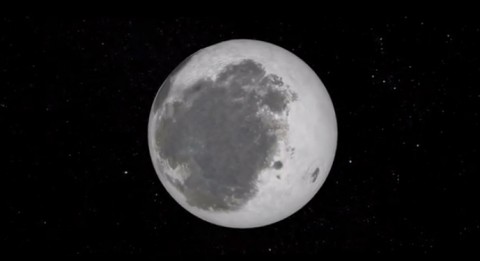the moon has remained largely unchanged during human history
for a long time it has been thought that the moon was result of an impact between the early earth and another planet-sized object, thea, 4.5 billion years ago. this is of course, way before god actually created earth in just three days leaving the other three for the heavens.
“but this theory predicts earth and its satellite, the moon, should have a quite different chemical make-up – but the data shows in fact they are very similar (the oxygen isotope, or atom type, compositions on earth are identical to that on the moon.). now, new modeling, explored in two papers published this week by the journal science, reveals that if the earth had a much faster spin before the impact, the theory fits the chemistry.
the giant impact hypothesis was first posited in the 1970s. it holds that the moon formed from the debris kicked into orbit by the collision of a smaller proto-planet with the infant earth. but the early models indicated that much of this debris would have originated from the impactor, whose composition would most probably have differed substantially from that of earth.
the new run simulations show that the early earth was rotating on its axis in just a few hours prior to the impact – compared to the present 24 hours. in such a scenario, the team could get debris material thrown into a moon-forming disc around the earth that had the right chemical make-up. in other words, it was substantial earth material from its mantle that was ejected in the collision.
after the impact, the gravitational interaction between the sun and the moon could then have slowed the fast rotation of the earth to the speed we now experience. a different team simulated a different route, their simulations involved larger impactors hitting an earth of comparable size and at comparatively lower speeds. again, the team was able to produce a moon with the same chemical composition as the earth. addressing the questions about the impact theory and why the compositions where so close.” from BBC by xy
 a visual collective outlet of inspiration
a visual collective outlet of inspiration